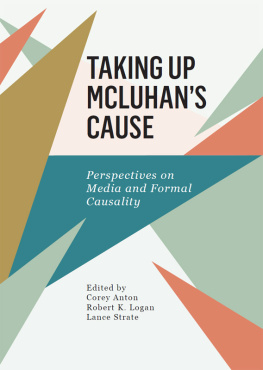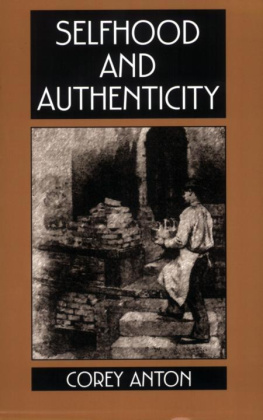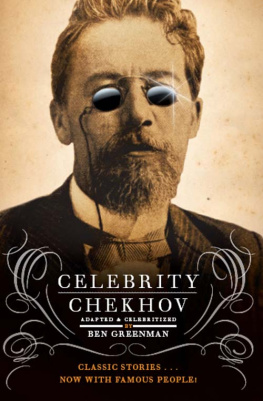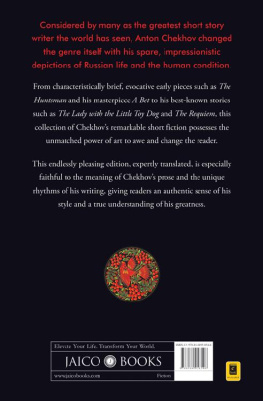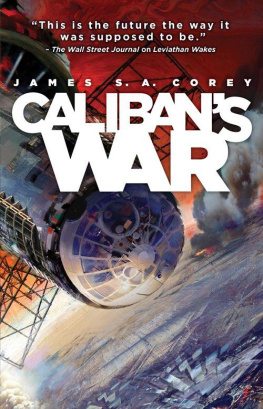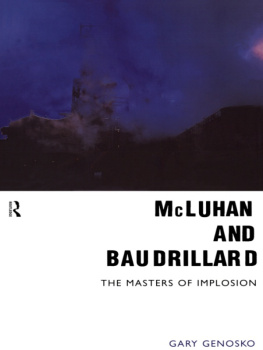First published in the UK in 2017 by
Intellect, The Mill, Parnall Road, Fishponds, Bristol, BS16 3JG, UK
First published in the USA in 2017 by
Intellect, The University of Chicago Press, 1427 E. 60th Street,
Chicago, IL 60637, USA
Copyright 2017 Intellect Ltd.
All rights reserved. No part of this publication may be reproduced, stored in a retrieval system, or transmitted, in any form or by any means, electronic, mechanical, photocopying, recording, or otherwise, without written permission.
A catalogue record for this book is available from the British Library.
Copy-editor: MPS Technologies
Cover designer: Holly Rose
Production manager: Matthew Floyd
Typesetting: Contentra Technologies
Print ISBN: 978-1-78320-694-0
ePDF ISBN: 978-1-78320-695-7
ePub ISBN: 978-1-78320-696-4
Printed and bound by Bell and Bain Ltd, UK
This is a peer-reviewed publication.
Eric McLuhan
Without an understanding of formal causality, there can be no theory of communication. What passes as information theory today is not communication at all, but merely transportation.
Mass media in all their forms are necessarily environmental and therefore have all the character of formal causality. In that sense all myth is the report of the operation of formal causality. Since environments change constantly, the formal causes of all the arts and sciences change too.
(Marshall McLuhan)
For centuries, science has recognized only one form of causality as proper and acceptable: the form that is linear and sequential and quantifiable. The traditional name for this mode of causation is efficient cause, causa efficiens; it is one of the four modes of cause that Aristotle proposed. The other three are material cause, formal cause and final cause. The material cause is, simply, the matter of which something is constituted, matter at every level from the sub-atomic on up. Formal and final causes are, however, not so simple; although, for a period, the final cause was considered too trivial and obvious to bother with, and so Francis Bacon proposed that it be dropped from serious discussion. In his day, it was thought, the final cause of a house was the house; of a telescope was the telescope; in short, the final cause of anything made was the thing made. Straight redundancy. But as our imaginations change from one period to another, so too does our understanding and interpretation of what Aristotle proposed. Formal cause, long regarded as a simple matter of form and content, turns out to have undisclosed dimensions, to be labyrinthine instead of straightforward. Now and then it is a good idea to re-view the original texts and update the translation. Bear in mind that every translation is a paraphrase.
There are some subtle differences between what Aristotle said when he presented his system of four causes and what is conventionally understood by philosophers today. Aristotles notion proves to be well adapted to use in understanding phenomena in the most modern physics and cosmology, and equally in approaching the study of media and cultural ecologies. When the ancient philosophers averred that the kosmos was informed by logos, they were making a technical statement about formal cause. The cosmic universe was a verbal universe in which decorum played an essential and excruciatingly delicate part (this situation providing, in turn, a base for our meanings of cosmetics). Decorum is deeply Rhetorical. So the logos in question, governed by decorum, is not static but vibrantly active; therefore, it had to have been uttered at some time outside of time.
In Physics, Book II, Chapter 3, Aristotle uses his habitual formulaeidos (for form) and logos (for definition)as he explains that
[] the thing in question cannot be there unless the material has actually received the form or characteristics of the type, conformity to which brings it within the definition of the thing we say it is, whether specifically or generically.
Over the past several centuries we strayed from what Aristotle meant by formal cause. During that time, philosophy has translated the logos of formal cause by the metaphor of blueprint. After a few moments reflection you realize that the blueprint image puts all the stress on arrangement, dispositio. On the surface, blueprint and the translation rational plan for logos do have a little in common. Marcus Long spells out the house illustration of the four causes:
[T]here is a material cause for everything, in the Aristotelian sense that there is something which is potentially something else. In order to build a house we must have bricks or stones or wood. These are the house not actually but potentially, and therefore represent the material cause.
Bricks or wood or stones have no capacity to shape themselves into houses; for this we need a carpenter or a bricklayer or a stonemason. It is through the efforts of such men that the material cause can assume a certain form. Such men, then, are the efficient cause or that which produces the effect, in this case a house.
A bricklayer, to confine our illustration to him, does not pick up the bricks and throw them together at random, hoping for the best. He always has a plan or blueprint to guide him in the construction. This blueprint represents the form that is to be realized, it is the organizing principle. In the Aristotelian doctrine it is the form that actualizes the potentiality, making the thing the sort of thing it is. This is the formal cause.
We do not collect material and hire a bricklayer to build a certain type of house without some purpose in mind. We may want the house for our own dwelling, or to rent as an investment, or simply to be a garage or storehouse. It is clear that these purposes will play a large part in determining the type of material used and the sort of workmen hired. Nothing is done without a purpose. The word purpose comes from a Greek word telos meaning literally the end or goal. Insofar as we stress the purposive causes we are said to be speaking teleologically. In the pattern of the analysis of causality in Aristotle this is called the final cause.
There are, then, according to Aristotle, four causes involved in the explanation of the development of any object, the material, the efficient, the formal and the final. These four causes are related to Aristotles discussion of matter and form. The material cause as potentiality is the same as matter, whereas the other causes are an expansion of the meaning of form or actuality. Of these three causes, the final cause was the most important for Aristotle, who thought of the purpose, or goal, of development as the real reason for the thing.
Aristotle, in Metaphysics, puts the entire matter somewhat more succinctly:
It is possible for all the kinds of cause to apply to the same object; e.g. in the case of a house the source of the motion is the art and the architect; the final cause is the function; the matter is earth and stones, and the form is the definition.
A glance at the Greek text shows Aristotles customary pairing of eidos (for form) and logos (for definition). The formand formal causeof a thing is its logos. This kind of logos is substantially removed from the passivity conveyed by our conventional metaphor, blueprint. Marcus Long does point out, though, that In the Aristotelian doctrine it is the form that actualizes the potentiality, making the thing the sort of thing it is. At bottom, formal cause is coercive, not passive. It


